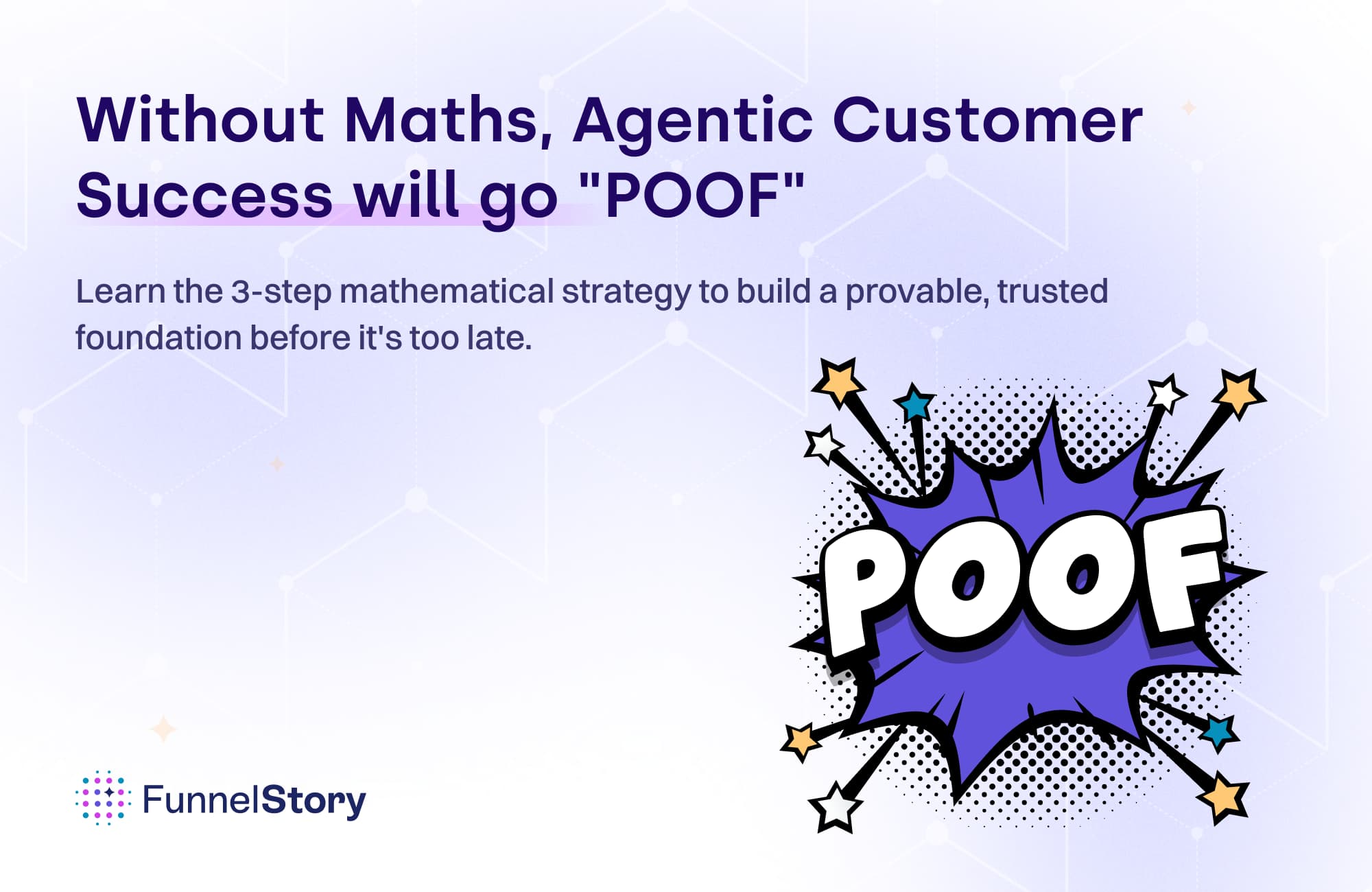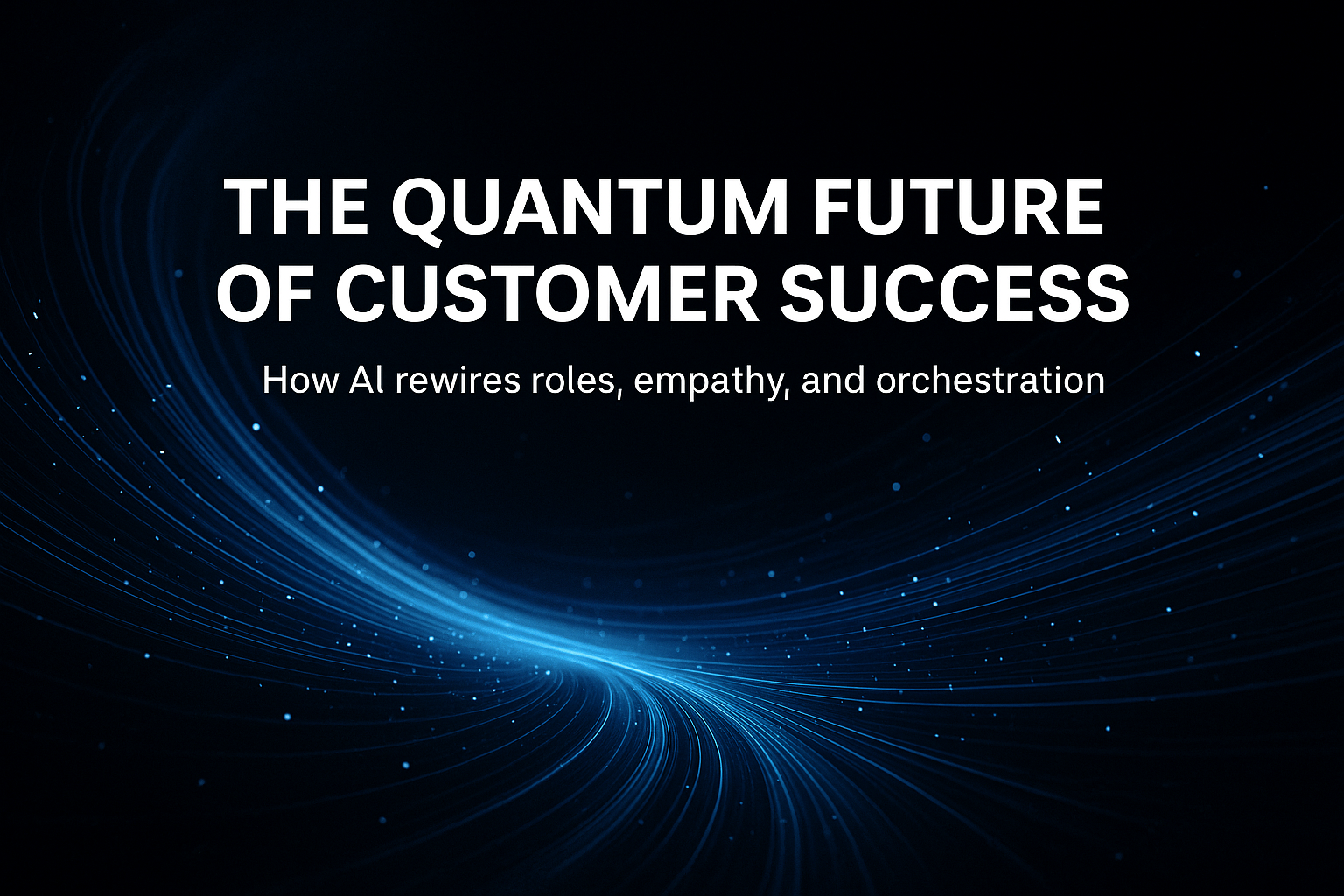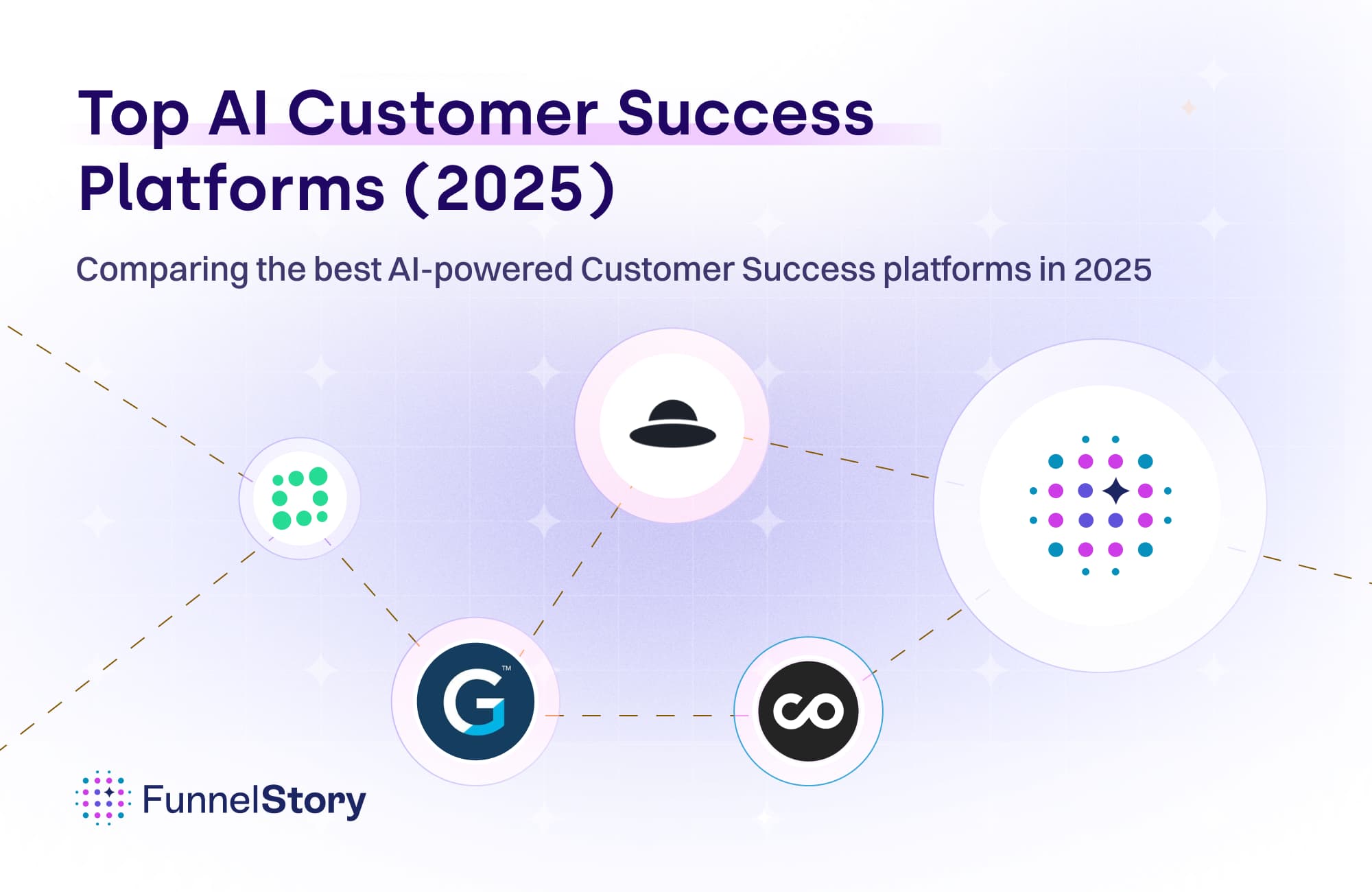In this article
How To Build Your Hybrid PLS Strategy
Making your traditional Sales-led motion more Product-led is a major transition. Here we discuss two crucial elements that will make this transformation more seamless.

By Alok Shukla
Cofounder and CEO
Sep 11, 2023
5 min read
Atlassian, creator of the ever-popular Jira and Confluence, has grown rapidly over the past two decades. In the past 6 years alone they’ve maintained a 35% compound annual growth rate (CAGR) and grew from $457M to $2.8B!
You might be wondering about the secrets behind their success. It's pretty simple: the company's growth is predominantly attributed to its commitment to a product-led growth (PLG) strategy. From day one, their approach revolved around crafting an exceptional self-serve product that not only captivates users but also propels growth through word-of-mouth and other organic channels, which are notably less costly. Atlassian could be deemed a pioneer for having challenged the conventional sales-led growth model, which heavily relies on armies of sales representatives, well over a decade ago.
However, as Atlassian continued to expand, they eventually introduced sales teams to support their growth, particularly in upmarket segments. Today, they stand out as one of the few companies successfully executing what is now referred to as Product-led Sales (PLS), a hybrid go-to-market (GTM) model. The PLS movement is here to stay and there’s data to back it up. According to McKinsey, companies that embrace a PLS strategy have twice the annual recurring revenue (ARR) growth compared to their non-PLS peers.
That brings us to why we are here. In the rest of this article, we will dive into the key ingredients so you can begin to design your own PLS strategy and experience the success of companies like Atlassian, Slack, Zoom, Dropbox, Canva, Figma, DocuSign, and more.
What is a hybrid Product-led sales strategy?
A Product-led sales strategy involves giving your product a central role in acquiring, nurturing, and retaining customers. A hybrid PLS strategy, on the other hand, is a GTM approach that combines elements of both PLG and the traditional sales-led growth (SLG) model. In this model, the product remains the primary driver of growth, but a sales team comes into play to facilitate deal closures and cultivate customer relationships. The rationale behind the hybrid model's popularity is twofold: 1) 70% of buyers seek some form of self-service before making a purchase, and 2) it has been proven effective for businesses that master its execution.
How to become more Product-led
Embracing a PLS model is not a simple shift in strategy; it's a paradigm shift that involves recalibrating many aspects of your organization. But if you’re reading this then odds are you're looking for the best way to get started. While there are many things to consider we think the transition can be boiled down into two overarching buckets of transformation:
Redesigning your customer journey
Investing in change management
Redesigning your customer journey
Your current go-to-market playbook must undergo a complete transformation. Why? Because it likely revolves around your sales team and follows a traditional buying and selling journey. While you don't need to entirely discard your existing model, you must embrace new taxonomies, stages, and customer touchpoints within the purchasing process. Below, we provide an example of what your revamped customer journey should encompass, along with explanations for each stage:

It's important to note that this journey is far from linear; it resembles a dynamic flywheel or continuous value loop that your customers enter. What changes for each customer is their level of maturity while using your product – some are just beginning, while others are actively exploring the additional value that your product offers.
To begin your PLS transition, it's crucial to start with your customers. This involves working with your cross-functional GTM team to understand your core users (including buying personas), their motivations, and their buying journey. Ensure all paths, points of friction, and handoffs are mapped and well understood.
Once your team is aligned on your customer and the optimal journey, you should determine which part of your experience can be adapted to self-serve and which parts still benefit from human intervention. The key is to minimize friction wherever possible. Next, you can start designing your self-serve experience and in parallel identify the support needed to bring this largely self-service journey to life with new landing pages, education content, in-app nudges, and more - the elements your customers will lean on before they reach your sales team.
The extent to which you make your offering self-serve may vary based on your business's size and maturity. You might choose to make your entire offering self-serve or initiate the transition with one of your offerings if you have multiple products. Regardless, we recommend starting small and iterating. The key is to learn what works before doubling down on your efforts.
Invest in change management
One inevitable change you'll encounter is the introduction of new teams that play pivotal roles in ensuring the success of this strategic shift. Since your product now plays a more significant role in the customer journey, teams such as Product, Design, Data Science, and Engineering all have vested interests in the success of your PLS strategy. Consequently, roles, responsibilities, organizational charts, and incentives need to be adjusted accordingly.
As your team dynamics evolve, so should your team culture. For your new GTM team to thrive, they must embrace a mindset of continual improvement through active experimentation and the prioritization of data-driven decision-making – something that might be novel to a traditional sales team. These experiments are integral to enhancing product-driven experiences. They involve fine-tuning product demonstration materials, adopting various onboarding sequences or messaging to boost user activation, and adjusting call-to-action buttons or form fields to streamline the sign-up process. A practical way to initiate this transition is by forming a cross-functional POD – a dedicated group tasked with pioneering this new GTM strategy within your organization. However, for this to succeed, you and your leadership team must wholeheartedly commit to this transformation. You need to remove any roadblocks that might hinder the team's progress and ensure it receives the necessary resources to forge this new path. It may require time and numerous iterations, but that's perfectly normal – it's all part of the journey.
The wrap-up
A hybrid GTM strategy that combines the strengths of both product-led and sales-driven approaches has demonstrated its ability to drive growth. This holds true whether you're a startup expanding into upmarket segments or an enterprise venturing into downmarket territory. Every organization must evaluate the benefits of adopting a PLS model; otherwise, they risk losing their competitive edge.
At FunnelStory, we're developing the first Funnel Intelligence platform for Sales and Product leaders. Our mission is to assist B2B SaaS organizations in navigating the transition towards a more Product-led approach by harnessing comprehensive product and conversational data.



